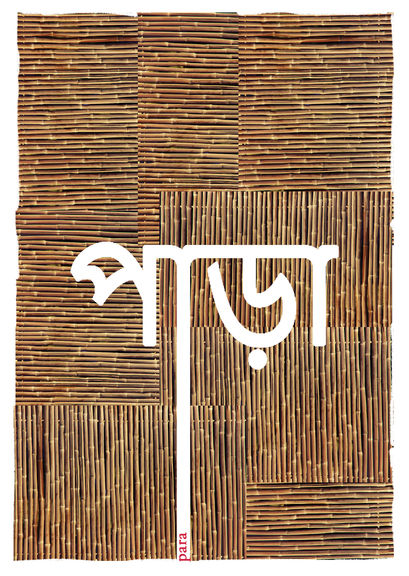আমার বাড়ি কোথায় \ Where is my Home?
লন্ডন, ইংল্যান্ড \ London, UK
2023

Curated / Designed by: Alisha Raman
Associated with: Shumi Bose, Sumayya Vally, Royal College of Art
Type: Research, Place-making, Cultural Production
Tags: innovation, indigenous, steel, wood, concrete, alternate, culture, urban, sustainable, housing + interiors
How do immigrants carve out a place for themselves in a harsh, post-colonial London?
The project is born out of conflict, displacement and lack of belonging as a consequence of forced immigration. Situated within the squatter culture of London, it focuses on the Bangladeshi community who took refuge in Tower Hamlets in the 1970s.
It unravels squatting not only as a means of spatial production but as a tool for protest, negotiation and adaptation which may create a sense of belonging within disenfranchised/ marginalized communities.
The name of the project, Amar Bari Kothay translates directly to Where is my Home? - a quintessential pondering of the immigrant soul.
East London since the 70s: Bangladeshi immigrants, when refused housing by the London Housing Council were forced to squat in abandoned buildings in and around Tower Hamlets. Five decades later, the Bangladeshi community continues to be one of the most vulnerable. In lieu of the staggering gap in the city’s ‘demand for housing’ versus the ‘number of vacant /abandoned buildings’, the project proposes the community squat the Sailmakers’ Loft, a derelict, old building in Limehouse, Tower Hamlets.
Conflicted Existence: Through a series of collages, we explore themes of displacement, racism, bias, extreme discomfort and juxtaposition. To shed light on the struggles of fractured identities in London’s urban context, these expand into suspended moments of contradicting infrastructure and culturescapes which appropriate space from Bangladeshi immigrants - investigating how a whole culture is ripped out of its context and left in a perpetually isolating desire to belong somewhere new.
Rituals in Space and Time: Mixed media drawings deconstruct the principles of Bangladeshi homemaking and how they were adapted to available spaces, as a squatting community. These rituals are mapped on to the Sailmaker’s Loft to generate choreographies and spatio-temporal programmes.
A Manual for Posterity: Being familiar to the South Asian Feminist diaspora, the quintessential Saree becomes a cultural 'palimpsest' critical to the trans-generational dissemination of all implicit know-how, depicting emergent practices which span from adaptive to creative.











































